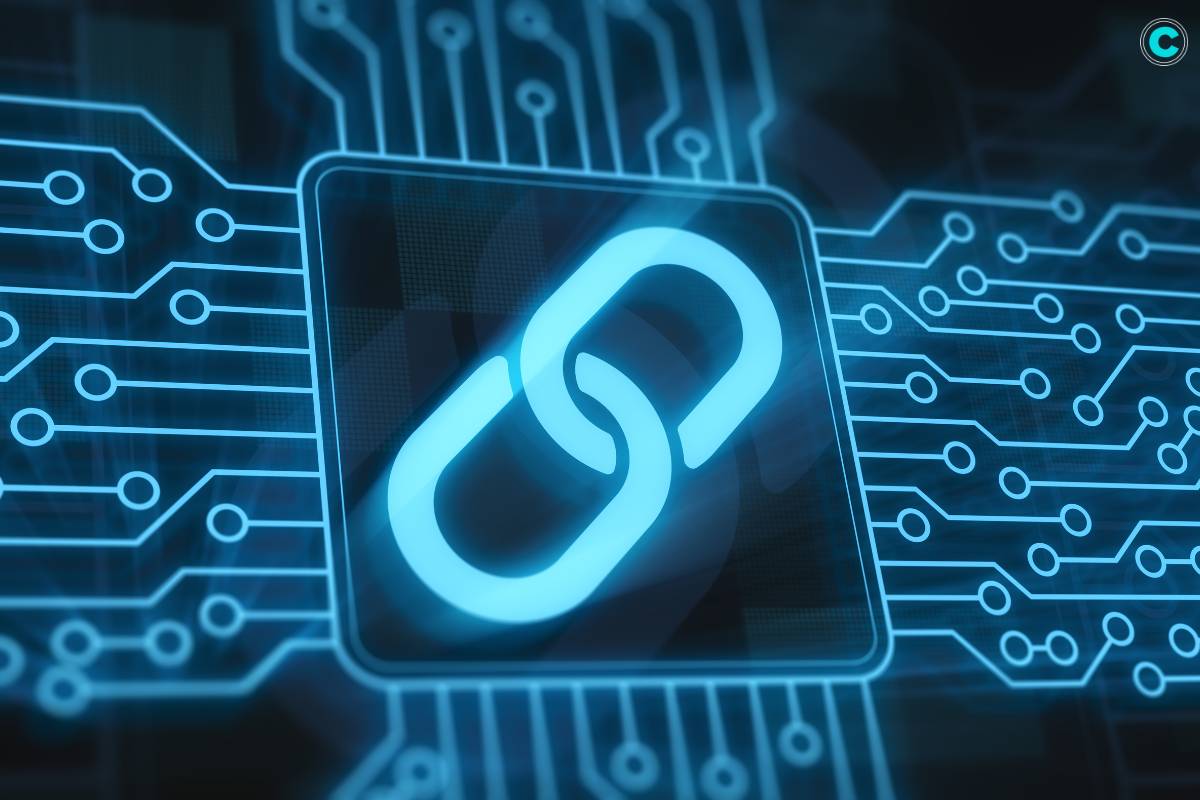In an era where data is king and trust is the cornerstone of all digital transactions, Blockchain How Does It Work is becoming increasingly essential. Blockchain technology, known for its transparency, security, and decentralization, is a potent force in the digital landscape. From its inception with Bitcoin to its versatile applications across various industries, blockchain has become a subject of fascination for technologists, entrepreneurs, and innovators worldwide.
Understanding Blockchain How Does It Work?

Blockchain how does it work? At its core, blockchain functions as a decentralized, distributed ledger that meticulously records transactions securely and transparently. Unlike traditional centralized systems, where data is stored and controlled by a single entity, blockchain operates on a network of computers (nodes). Each node maintains a copy of the ledger, and hence no single authority can control the network. This decentralization ensures trust and resilience, key aspects of how blockchain works.
To further unravel the mystery of “blockchain how does it work?”, we delve into the transaction process. In blockchain, transactions are grouped into blocks and added to the ledger chronologically. Each block contains a cryptographic hash of the preceding block, forming a chain of blocks. This blockchain mechanism ensures the integrity and immutability of the ledger, making it virtually impossible to alter past transactions without altering subsequent blocks.
Consensus mechanisms are a crucial part of Blockchain How Does It Work?, playing a pivotal role in validating and adding new blocks to the blockchain. These mechanisms ensure agreement among network participants, preventing double-spending and maintaining the integrity of the ledger. Common consensus algorithms include Proof of Work (PoW), Proof of Stake (PoS), and Delegated Proof of Stake (DPoS).
Another key aspect of blockchain how does it work. is the cryptographic hashing algorithms it employs to secure the data within each block. Hash functions generate unique identifiers for transactional data, making it resistant to tampering and unauthorized access. Once recorded on the blockchain, transactions become immutable and tamper-proof, highlighting the trustworthiness and permanence of the data stored on the ledger.
Understanding Blockchain: Delving into Its Mechanics:
Here are key components that contribute to its functionality and security.
1. Decentralization:
Unlike centralized systems controlled by a single entity, blockchain operates on a network of nodes, each maintaining a copy of the ledger. This decentralization enhances transparency and resilience.
2. Blocks and Transactions:
Transactions are grouped into blocks and added to the blockchain in chronological order. Each block contains a cryptographic hash of the previous block, forming a chain of blocks. This mechanism ensures the integrity and immutability of the ledger.
3. Consensus Mechanisms:
Consensus mechanisms validate and add new blocks to the blockchain. They ensure agreement among network participants and maintain the ledger’s integrity.
4. Cryptographic Hashing:
Blockchain employs cryptographic hashing algorithms to secure data within each block. Hash functions generate unique identifiers for transactional data, making it virtually impossible to alter past transactions without altering subsequent blocks.
5. Immutability:
Once recorded on the blockchain, transactions are immutable and tamper-proof. This immutability ensures the trustworthiness and permanence of data stored on the ledger, making blockchain a reliable source of truth.
6. Smart Contracts:
Smart contracts are self-executing contracts with predefined conditions encoded in code. They enable automated and trustless transactions, eliminating the need for intermediaries and reducing transaction costs.
7. Public vs. Private Blockchains:
Public blockchains, such as Bitcoin and Ethereum, are open to anyone and transparent, while private blockchains restrict access and require permission to participate.
Real-World Applications of Blockchain: Exploring Its Impact

Blockchain technology has transcended its origins in cryptocurrencies and found applications across diverse industries, including:
1. Cryptocurrencies:
Bitcoin, Ethereum, and other cryptocurrencies leverage blockchain for secure peer-to-peer transactions, enabling borderless and censorship-resistant payments.
2. Supply Chain Management:
Blockchain facilitates transparent and traceable supply chain networks, allowing stakeholders to track the movement of goods from production to delivery. This transparency enhances accountability, reduces fraud, and improves product authenticity.
3. Smart Contracts:
Smart contracts automate and enforce contractual agreements, streamlining processes in various industries such as real estate, insurance, and legal services. They enable trustless transactions and eliminate the need for intermediaries.
4. Identity Management:
Blockchain-based identity management systems offer secure and decentralized solutions for identity verification and authentication. By storing identity data on the blockchain, users can control access to their personal information and mitigate the risk of identity theft.
5. Healthcare:
Blockchain enhances data security and interoperability in healthcare by securely storing and sharing medical records. It ensures patient privacy, facilitates data exchange between healthcare providers, and improves care coordination.
6. Digital Voting:
Blockchain-based voting systems provide secure and transparent platforms for conducting elections, reducing the risk of tampering and fraud. By leveraging blockchain technology, governments can enhance the integrity and legitimacy of electoral processes.
7. Tokenization of Assets:

Blockchain enables the fractional ownership and transfer of assets, such as real estate, art, and intellectual property, through tokenization. This democratizes access to investments, enhances liquidity, and reduces barriers to entry for investors.
FAQs (Frequently Asked Questions)
1. What sets blockchain technology apart from traditional databases?
Blockchain technology is a type of shared database that differs significantly from traditional databases in how it stores and manages information. Unlike conventional databases that store data in rows, columns, tables, and files, blockchain stores data in blocks that are digitally chained together. Furthermore, blockchain is decentralized, managed by computers belonging to a peer-to-peer network, rather than a central computer as in traditional databases. This decentralization ensures that no single entity has control over the network, enhancing transparency and resilience.
2. Blockchain how does it work to ensure data security and integrity?
Blockchain ensures data security and integrity through its unique structure and consensus mechanisms. Each block in the blockchain contains a cryptographic hash of the previous block, creating a chain of blocks linked together. This mechanism ensures the integrity and immutability of the ledger, making it virtually impossible to alter past transactions without altering subsequent blocks. Furthermore, consensus mechanisms validate and add new blocks to the blockchain, ensuring agreement among network participants and maintaining the ledger’s integrity. Blockchain also employs cryptographic hashing algorithms to secure the data within each block, making it resistant to tampering and unauthorized access.
3. What role do consensus mechanisms play in blockchain?
Consensus mechanisms play a pivotal role in how blockchain works. They are responsible for validating and adding new blocks to the blockchain. These mechanisms ensure agreement among network participants, preventing double-spending and maintaining the integrity of the ledger. The best consensus mechanism is one that fits the needs of the users. For instance, Proof of Work is thought to be best for Bitcoin, while Proof of Stake was adopted by Ethereum and is believed to be best by its community.
4. What are some challenges associated with blockchain adoption?
Despite its potential, blockchain adoption faces several challenges. The main concern with blockchain technology is its energy consumption. Traditional blockchains like Bitcoin and Ethereum use a consensus mechanism called Proof of Work (PoW), which requires significant computational power and electricity. Other challenges include scalability, interoperability, regulatory uncertainty, and the need for a robust blockchain security strategy to mitigate risk and avoid malicious attacks and unauthorized access.
5. Which industries are likely to benefit most from blockchain technology in the future?
Blockchain technology has the potential to transform numerous industries. It’s already being used in cryptocurrencies like Bitcoin and Ethereum for secure peer-to-peer transactions. Other potential applications include supply chain management, where blockchain can facilitate transparent and traceable supply chain networks, and healthcare, where it can enhance data security and interoperability by securely storing and sharing medical records. Blockchain can also be used for digital voting systems, providing secure and transparent platforms for conducting elections, and for the tokenization of assets, enabling the fractional ownership and transfer of assets such as real estate, art, and intellectual property.






